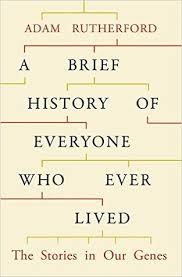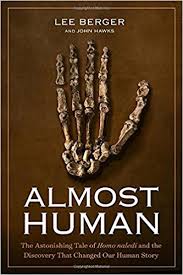
In my initial draft, I had stated that the Khoisan diverged from other human populations ~200,000 years ago. The fact-checker came back and said that this didn’t seem to be a supportable claim. The reason I gave the ~200,000 figure is that I’d button-holed people who looked at these genomes, and they were coming to the conclusion that the divergence between Khoisan and non-Khoisan was further back than we’d presupposed. And that was the number given to me.
Ultimately I compromised and allowed them to change the divergence value to 150,000 years before the present.

So in a span of two years we’ve gone from me pushing and compromising on a value of ~150,000 years, to researchers suggesting that the Khoisan/non-Khoisan divergence is about two-fold older than that!
Well, I’m here to tell you that a prominent geneticist who is very conversant with these issues is simply incredulous about the likelihood of this particular value. I brought up this preprint to them over lunch and they just didn’t buy it. That is, they are skeptical that the amount of admixture would have skewed the earlier inferences to the magnitude that they seem to have in these results.

More importantly, look at the dates of divergence of non-Africans (Sardinians here) from their closest African relatives.
- 115,000 years before the present (Dinka-Sardinian) for G-PhoCS
- 76,000 years before the present for their TT-method
In light of the likelihood that the closest population to non-Africans may have been an East African population represented by Ethiopia Mota individual (along with modern Hadza), we can probably drop that estimate down a bit. But G-PhoCS in particular just gives too old an estimate. There are ways it makes sense (lots of old structure within Africa) of course. I’m just speaking in terms of possibilities.
The diversification of extant modern populations seems to have occurred around ~50,000-60,000 years before the present. This aligns with the archaeology, and the ancient genomes which we have on hand.
Of course the methods in this paper might be right. And the fossil from North Africa does add some plausibility to that. But really the whole field is somewhat unsettled now, and we should be cautious of reporting of definitive truths in the media.

